12 Essential Principles for Becoming a Skilled Product Designer
Written on
Understanding the Journey to Proficient Product Design
Throughout my career, I have collaborated with numerous companies and individuals. The lessons learned from my own errors and insights gained from others have shaped my design methodology. Over the past year, this approach has crystallized into guiding principles that I’m excited to share with you. Here are my 12 core principles aimed at enhancing your capabilities as a professional product designer.
Building confidence as a product designer is a gradual process; it doesn’t occur overnight. I believe these guidelines can facilitate that journey. While written from a product designer's viewpoint, they are also valuable for UI and UX designers, UX researchers, and DesignOps professionals. This article serves two primary purposes: to assist junior and mid-level designers in improving their skills and to guide team leaders in establishing effective work principles for their teams.
- Embrace Ownership
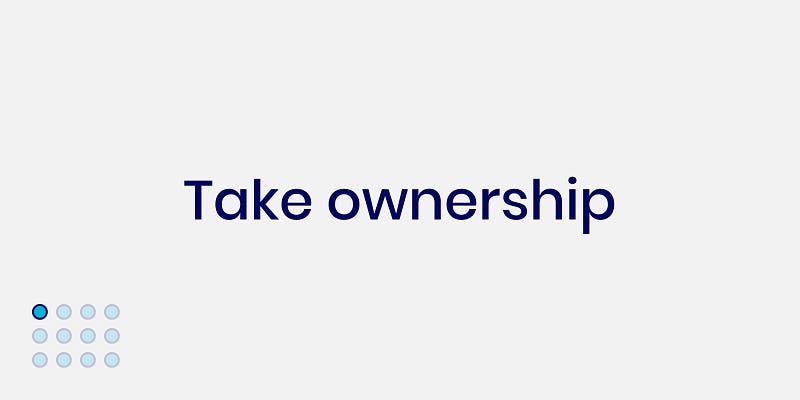
This principle underpins everything discussed in this article. Ownership implies that you take the initiative to ensure tasks are completed effectively. When you own a project, it becomes personal, prompting you to attend to every detail. Treat each task as if it were your own; after all, the responsibility is yours, and only you can resolve the issues that arise.
For example:
- Designing a Complex Data Table: If tasked with creating a data table without clear guidelines, taking ownership means proactively engaging with users, product managers, and developers to gather the necessary information.
- Improving Design Handoff: Should you find the handoff process between designers and developers lacking, you can organize workshops to refine and enhance it.
- Maintaining the UI Kit: If the UI kit is neglected, you can step up to ensure it is updated and functional for your team.
- Feedback as a Tool

Feedback is essential for improving your designs. Seek input from fellow designers, product managers, developers, and users. Remember, feedback is not personal; it’s about enhancing the work.
Timely feedback is crucial; many new designers strive for perfection before seeking opinions, but this can lead to misunderstandings. Feedback helps bridge gaps between different roles and identifies technical challenges early on. Additionally, be open to giving feedback as well, demonstrating your investment in the product.
- Foster Communication
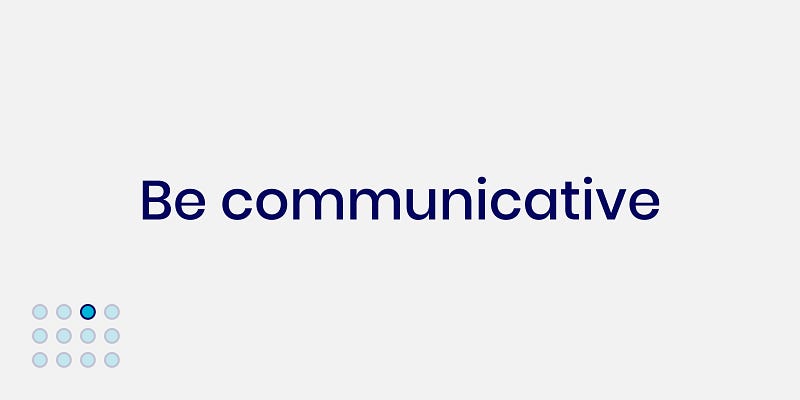
Effective communication is vital for product designers. You need to articulate your solutions clearly to stakeholders. Here are some strategies for successful communication:
- Prepare for Meetings: Before presenting, outline key points and ensure your prototype functions smoothly to minimize confusion.
- Document Key Decisions: After meetings, summarize the main points and decisions in a message for your team.
- Provide Process Updates: For busy team members, like product managers, send brief updates on your progress to keep them informed.
- Acknowledge What You Don’t Know: If you lack information, admit it. Transparency fosters trust.
- Ask Questions: If something isn’t clear, seek clarification. This not only aids your understanding but also highlights knowledge gaps.
- Commit to Continuous Learning

As a professional product designer, it’s essential to stay current with new ideas, processes, and technologies. Engage with articles, podcasts, and webinars, many of which are free. Expanding your knowledge beyond product design into areas like marketing or development can also be beneficial.
For instance, I realized I needed to communicate my ideas effectively to my team, so I studied sales techniques to improve my persuasive skills.
- Share Your Ideas

In meetings or workshops, it’s crucial to voice your opinions. By advocating for the design and sharing your insights, you not only contribute to the project but also enhance your influence over it. Engaging in discussions ensures your knowledge is recognized and valued.
However, be mindful of your environment; if the team culture stifles input, consider seeking a more conducive workplace.
- Collaborate Effectively

Product design is inherently collaborative, requiring input from various team members. Building strong relationships and fostering empathy within the team is essential for effective collaboration.
For example, if a developer cannot implement a feature due to time constraints, understanding this limitation is crucial. Organizing workshops or clear documentation can enhance team workflow and design handoffs.
- Master Your Tools

Familiarity with tools like Figma and Miro is vital for product designers. Mastery of these tools will enhance your efficiency, allowing you to focus more on creating exceptional user experiences.
For instance, being unaware of features like auto layout in Figma can undermine your professionalism and efficiency.
- Design for Impact
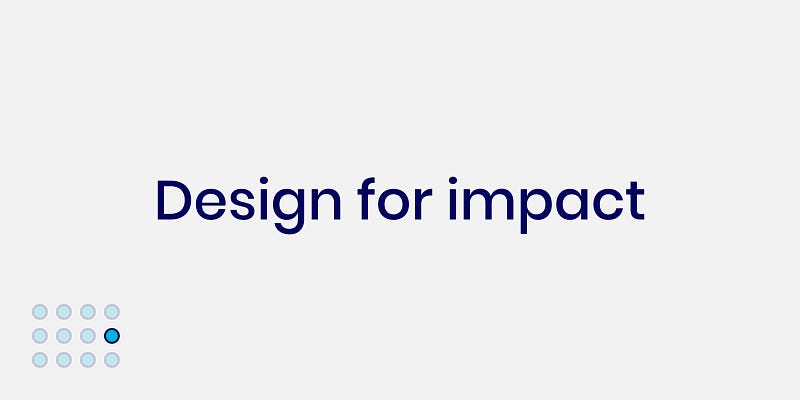
Your design should create a meaningful impact on users. It’s a misconception that longer hours lead to better results. Instead, prioritize understanding user needs through research and analytics to ensure your designs are impactful.
Utilize KPIs to measure success and strive to set clear metrics for evaluating the effectiveness of your designs.
- Be Detail-Oriented
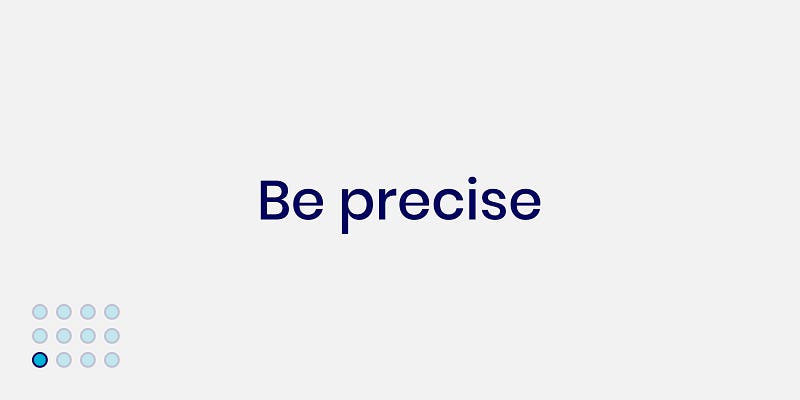
Precision is crucial in design work, as inaccuracies can affect both team members and users. Ensure every communication is clear, meetings have specific objectives, and documentation is thoroughly reviewed.
Delivering precise information builds trust among your teammates, making collaboration smoother and more effective.
- Cultivate Trust
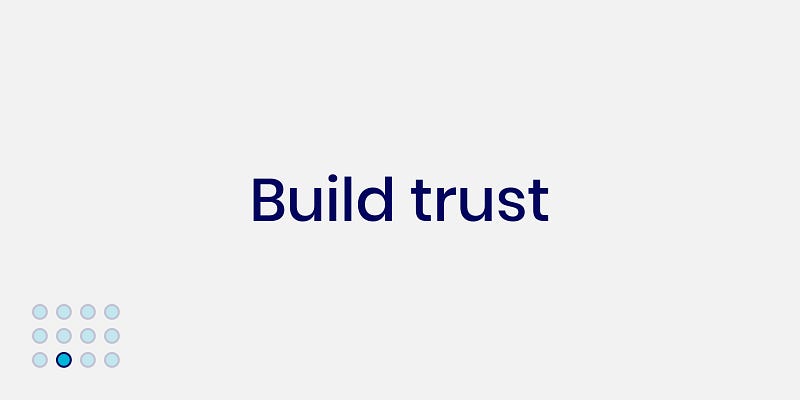
Building trust is essential for effective teamwork. Trust is fostered through precision and transparency. If you encounter obstacles, communicate openly about them, and own up to your mistakes. Acknowledging your role in errors demonstrates accountability.
- Understand Your Product
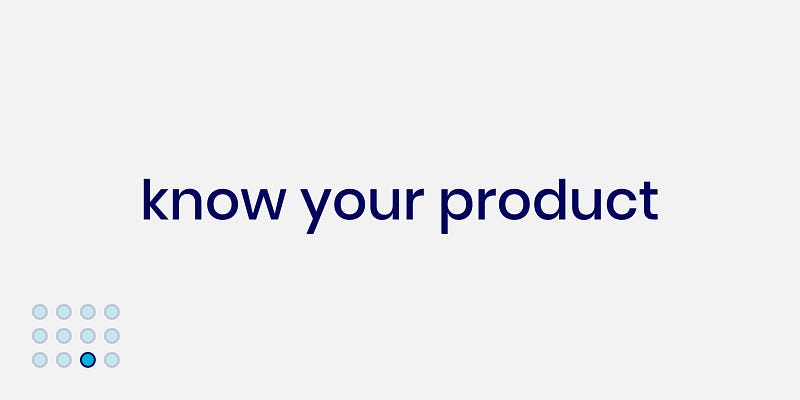
To design effectively, you must thoroughly understand your product and its ecosystem. Whether focusing on buyers or sellers, having a holistic view is necessary to create cohesive solutions.
Engage with product managers and customer success teams to deepen your understanding of how your product functions.
- Advocate for Your Users

Ultimately, your role as a product designer is to advocate for users. Conduct interviews, surveys, and collaborate with support and sales teams to gather insights about user needs.
Ensure the design solutions you propose are aligned with user priorities, and perform design quality assurance to verify that implementations meet your standards.
Conclusion
These 12 principles serve as a roadmap for becoming an effective product designer. Taking ownership is foundational, enabling you to implement the other principles more seamlessly. The remaining principles emphasize the importance of interpersonal skills and a strong understanding of the product and design methodologies.
Thank you for engaging with this content. I hope these principles assist you in enhancing your design skills. Feel free to share this article with colleagues or friends. If you have any questions or thoughts, don’t hesitate to reach out.
To stay updated with my future posts, consider subscribing for email notifications. Support me and other writers by becoming a member of the platform.